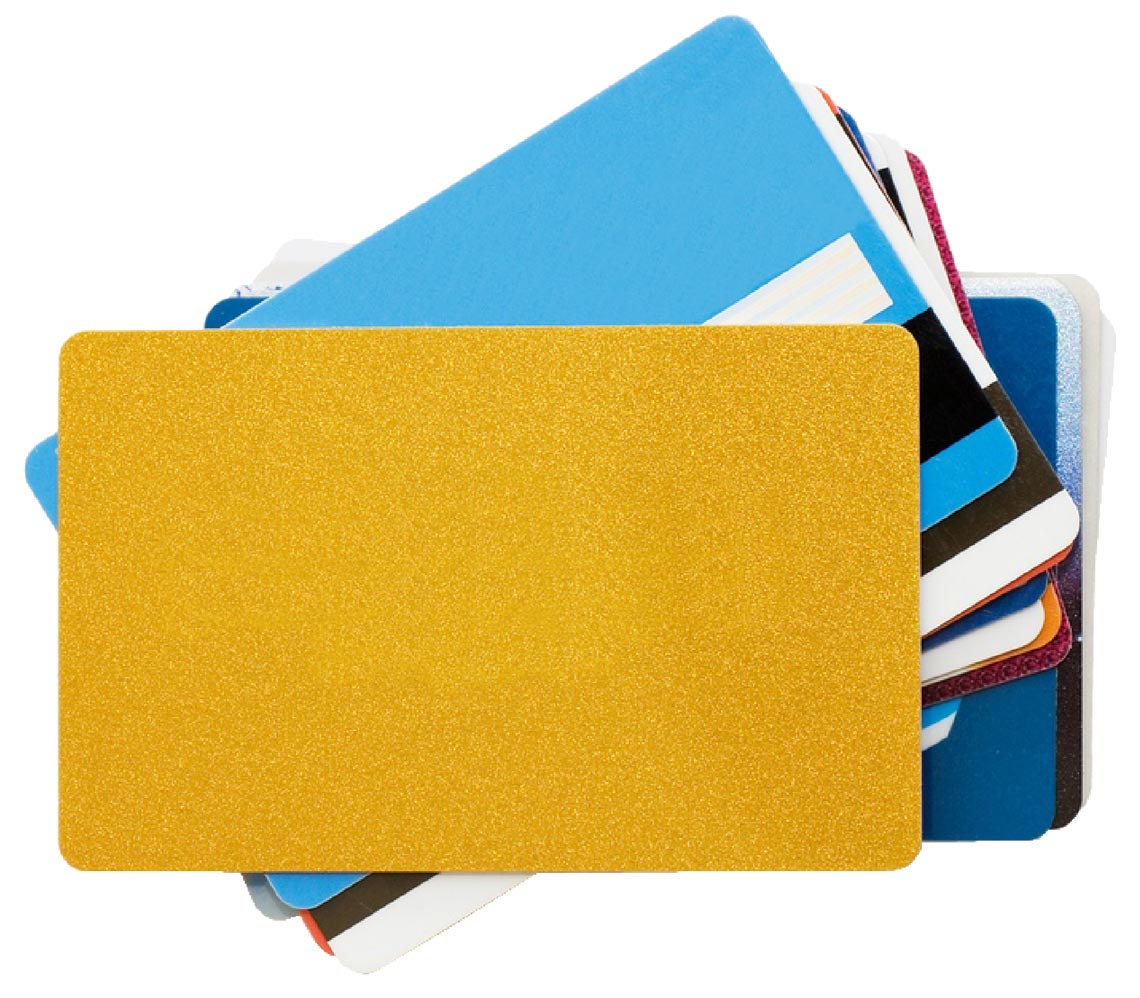Thanksgiving is all about sharing tradition and food with friends and family. So what better a time is there to start some new traditions? Many of the current Turkey Day traditions, like the types of food we eat and the quantities, lead to a literal tons of waste. Nearly 204 million pounds of edible turkey meat are thrown away every Thanksgiving (approximately 35% of turkey meat produced). The EPA estimates that this holiday also marks the beginning of a season of increased waste production by about 25% that lasts through New Years. That’s a lot of waste.
We can show our thanks for the harvest by reducing our food waste and being mindful of the types of food we serve. Luckily, there are many easy (and yummy) ways to bring green traditions into your classic Thanksgiving celebration.
Here are 8 tips for a green Thanksgiving:
2. Coordinate with family members to find out what they actually want to eat. If there’s a casserole that always seems to go uneaten, replace it with something your guests will love.
3. Swap out canned or frozen veggies for freshly picked produce. Fresh produce will not only be better for your health, it’ll also mean less packaging and waste sent to landfills.
 4. Start a new tradition of going to the farmers market to stock up on good fresh produce before the big day. This an incredibly easy way for you to buy locally grown and in-season foods. Local foods require less energy and produce fewer emissions than veggies that must be packaged, refrigerated, and shipped from out of town and often across the country.
4. Start a new tradition of going to the farmers market to stock up on good fresh produce before the big day. This an incredibly easy way for you to buy locally grown and in-season foods. Local foods require less energy and produce fewer emissions than veggies that must be packaged, refrigerated, and shipped from out of town and often across the country.
5. Go vegetarian! The most energy costly foods are meats (looking at you turkey). So try out some new vegetarian recipes to replace that Thanksgiving staple. Check out these turkey alternatives here and here.
3. Swap out canned or frozen veggies for freshly picked produce. Fresh produce will not only be better for your health, it’ll also mean less packaging and waste sent to landfills.
 4. Start a new tradition of going to the farmers market to stock up on good fresh produce before the big day. This an incredibly easy way for you to buy locally grown and in-season foods. Local foods require less energy and produce fewer emissions than veggies that must be packaged, refrigerated, and shipped from out of town and often across the country.
4. Start a new tradition of going to the farmers market to stock up on good fresh produce before the big day. This an incredibly easy way for you to buy locally grown and in-season foods. Local foods require less energy and produce fewer emissions than veggies that must be packaged, refrigerated, and shipped from out of town and often across the country.5. Go vegetarian! The most energy costly foods are meats (looking at you turkey). So try out some new vegetarian recipes to replace that Thanksgiving staple. Check out these turkey alternatives here and here.
6. Use reusable plates, napkins, and silverware. Be sure to enlist your guests in loading the dishwasher after the meal for fast clean up!
8. Recycle! If you can’t avoid the odd canned food item or decide to wrap leftovers in foil, remember to throw those materials in the recycle bin.







